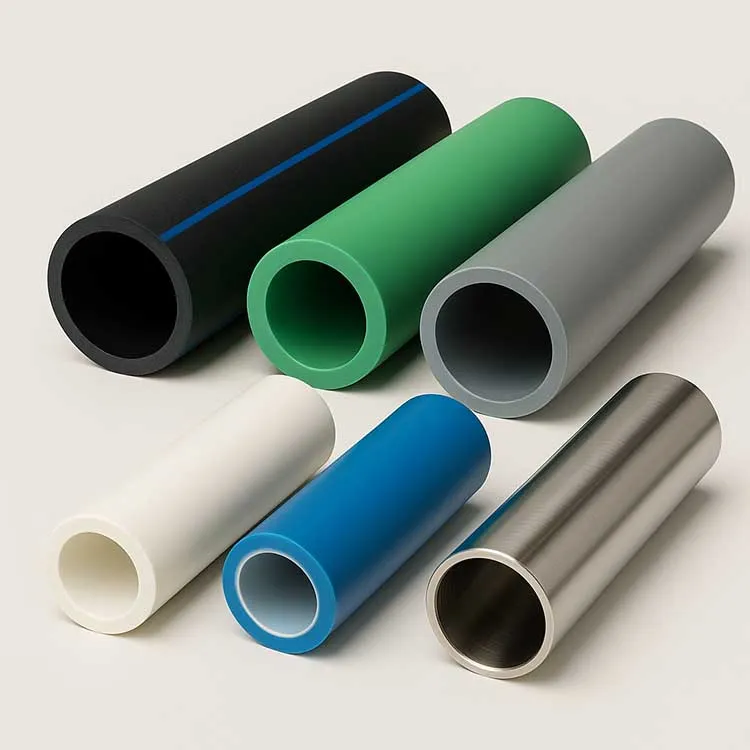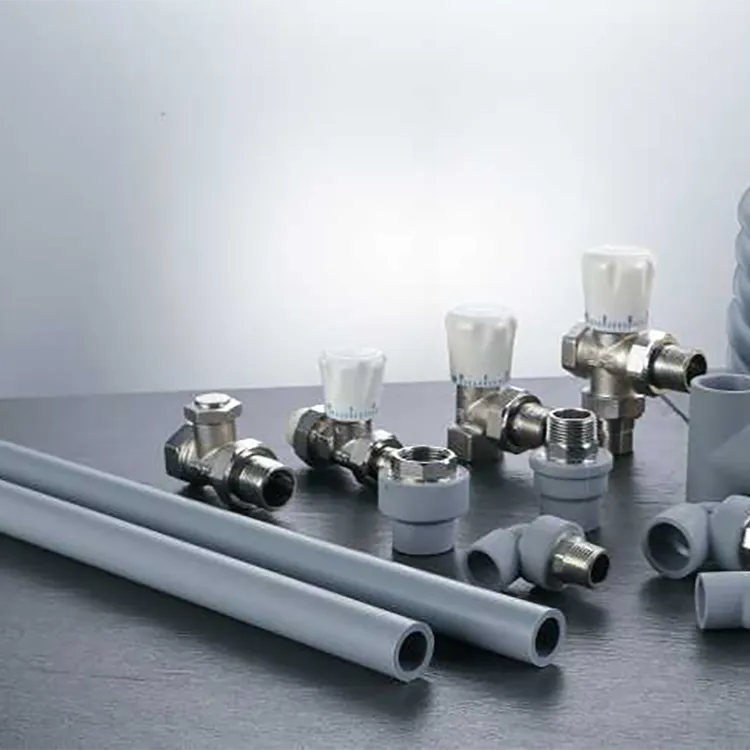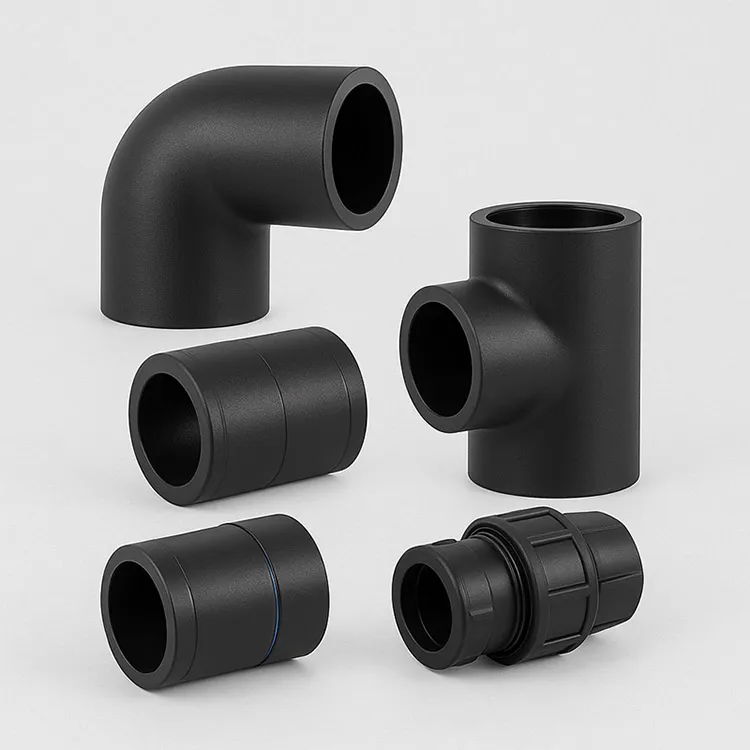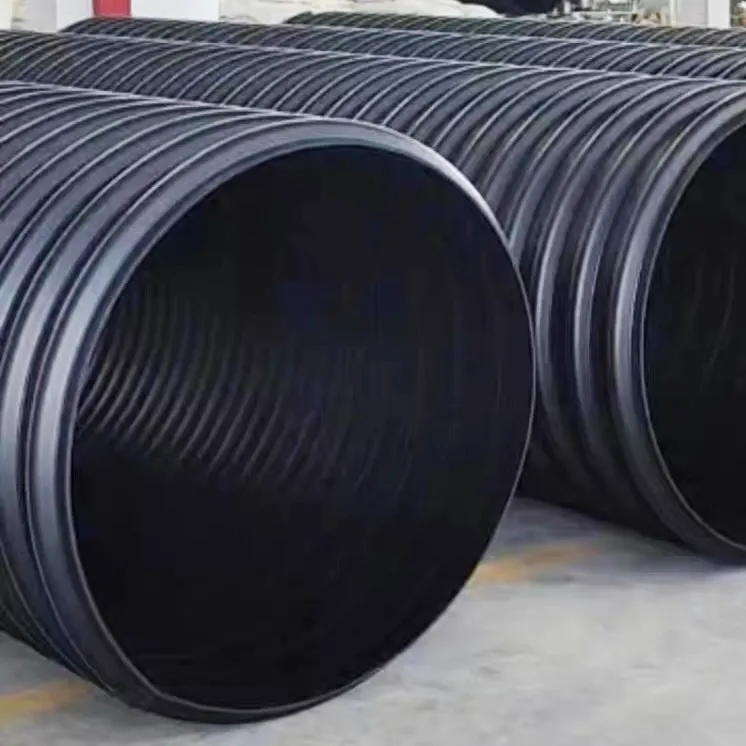Introduction:
Wastewater and stormwater management are critical aspects of urban infrastructure. To ensure the efficient functioning of these systems, regular inspections, maintenance, and repairs are necessary. Inspection manholes play a crucial role in facilitating these activities. They provide access points to underground pipes, allowing personnel to assess the condition of the system, identify potential issues, and implement necessary interventions. This article explores the significance of inspection manholes in wastewater and stormwater management, their construction and design considerations, inspection techniques, safety aspects, and the role of technology in enhancing their effectiveness. By highlighting the importance of inspection manholes, this article aims to contribute to the development of efficient and sustainable wastewater and stormwater management systems.
1. The Importance of Inspection Manholes in Wastewater and Stormwater Management:
Wastewater and stormwater management systems are responsible for collecting and transporting water, ensuring public health and minimizing environmental impacts. Inspection manholes are vital components of these systems as they allow for easy access to underground pipes networks. By providing entry points for inspection and maintenance, inspection manholes enable regular monitoring and troubleshooting. They play a significant role in identifying blockages, leaks, structural defects, and other issues that may impede the functioning of the system. Early detection and intervention through inspection manholes can prevent costly failures, reduce the risk of flooding, and ensure the long-term sustainability of wastewater and stormwater infrastructure.
2. Design and Construction Considerations for Inspection Manholes:
Designing and constructing inspection manholes require careful consideration of various factors to ensure their functionality, durability, and safety. Key design considerations include:
a. Location: Inspection manholes should be strategically located to provide convenient access to critical points in the wastewater and stormwater system. This includes areas where multiple pipes converge, changes in direction, or potential trouble spots.
b. Size and Dimensions: The size of the inspection manhole should accommodate human entry, equipment, and maintenance activities. Typically, the diameter of the manhole is determined by the size of the pipe it serves.
c. Material Selection: The materials used for inspection manhole construction should be resistant to corrosion, degradation, and environmental factors. Common materials include concrete, precast materials, brick, or fiberglass-reinforced plastic (FRP).
d. Structural Integrity: Inspection manholes must be structurally sound to withstand external loads, groundwater pressure, and potential subsidence. Reinforcements such as steel bars or fiberglass can be incorporated during construction to enhance strength.
e. Accessibility and Safety: The design should consider safety aspects such as ladder rungs, anti-slip surfaces, adequate lighting, and ventilation to ensure the safety and comfort of personnel entering the manhole.
Proper construction techniques and adherence to industry standards and codes are crucial to ensure the integrity and longevity of inspection manholes.
3. Inspection Techniques and Equipment:
Inspection manholes serve as entry points for professionals to visually inspect and assess the condition of wastewater and stormwater infrastructure. A variety of techniques and equipment can be utilized during inspections, including:
a. Visual Inspections: Personnel visually assess the interior of the manhole, looking for signs of structural damage, blockages, or leaks. They inspect the surrounding pipes, connections, and fittings to identify defects that may impact system performance.
b. Closed-Circuit Television (CCTV) Surveys: CCTV cameras, mounted on robotic crawlers or pushed manually, are inserted into the manhole to capture detailed images and video footage of the pipes. This allows for a comprehensive assessment of the condition of the pipes.
c. Sonar and Acoustic Testing: Sonar or acoustic devices can be used to detect leaks, blockages, or structural issues within pipes. These methods rely on sound waves and reflections to provide information about the internal condition of the pipes without the need for physical entry.
d. Flow Monitoring: Flow monitoring equipment can be installed within inspection manholes to measure and analyze flow rates, providing valuable data on system performance and identifying potential areas of concern.
e. Non-Destructive Testing (NDT): NDT techniques, such as ground penetrating radar or electromagnetic testing, can be utilized to assess the condition of pipes and surrounding soil without physical intrusion. This helps identify subsurface conditions or potential defects.
f. Water Quality Monitoring: Some inspection manholes are equipped with sensors to measure water quality parameters, such as pH, turbidity, or pollutant levels. This data helps monitor the environmental impact and ensure compliance with water quality standards.
The selection of inspection techniques and equipment depends on the specific requirements of the system and the level of detail needed for assessment.
4. Safety Considerations:
Safety is paramount when working in and around inspection manholes. Proper safety protocols and equipment should be in place to protect personnel from potential hazards. Some essential safety considerations include:
a. Proper Training: Personnel involved in inspection activities should receive comprehensive training on working in confined spaces, handling equipment, and understanding safety procedures to mitigate risks.
b. Personal Protective Equipment (PPE): Personnel should be equipped with appropriate PPE, including protective clothing, gloves, boots, helmets, and gas detectors where necessary, to ensure personal safety during inspections.
c. Ventilation: Inspection manholes should be adequately ventilated to prevent the accumulation of harmful gases or lack of oxygen. Ventilation systems, blowers, or natural ventilation techniques can be employed to maintain a safe working environment.
d. Lighting: Sufficient lighting should be present within the manhole to facilitate clear visibility for inspections and ensure the safety of personnel working in low-light conditions.
e. Fall Protection: Safe access and proper fall protection measures, such as ladder rungs, guardrails, or harnesses, should be in place to prevent accidents and falls when entering or exiting the manhole.
f. Hazard Assessment: Prior to conducting inspections, a hazard assessment should be carried out to identify potential risks specific to the site, such as toxic gases, unstable soil, or electrical hazards.
Adhering to safety guidelines and regulations is essential to protect inspection personnel and minimize the risk of accidents during inspections.
5. Technological Advancements in Inspection Manholes:
Technological advancements have significantly enhanced the capabilities of inspection manholes in wastewater and stormwater management. Innovations include:
a. Remote Monitoring: Inspection manholes can be equipped with sensors and monitoring devices that provide real-time data on water levels, flow rates, or system performance. This allows for remote monitoring and early detection of issues, enabling timely interventions and improved operational efficiency.
b. Internet of Things (IoT) Integration: IoT-based systems connect inspection manholes to a central control center, enabling continuous monitoring and automation. Data collected from inspection manholes can be analyzed to optimize system operations, predict anomalies, and facilitate predictive maintenance.
c. Artificial Intelligence (AI): AI algorithms can be employed to analyze the vast amount of data collected from inspection manholes. By processing this data, AI systems can identify patterns, predict potential failures, and optimize maintenance strategies, leading to cost savings and improved system performance.
d. Augmented Reality (AR) and Virtual Reality (VR): AR and VR technologies can aid technicians during inspections by providing 3D visualizations of underground infrastructure. This enhances situational awareness, improves decision-making, and assists in planning repairs or upgrades.
e. Robotic Systems: Robotic inspection devices, such as crawlers or drones, can autonomously navigate within inspection manholes and pipes, capturing detailed images and assisting in inspections without the need for human entry. These robotic systems improve safety, efficiency, and data accuracy during inspections.
These technological advancements have revolutionized the way inspections are conducted, enabling more precise analyses, data-driven decision-making, and proactive maintenance strategies.
Conclusion:
Inspection manholes are integral to effective wastewater and stormwater management systems. They provide access points for inspections, facilitate maintenance activities, and ensure the reliability and longevity of underground infrastructure. The design and construction of inspection manholes should consider factors such as location, size, materials, and safety features. Various inspection techniques and equipment, ranging from visual inspections to advanced technologies like CCTV and IoT integration, enhance the accuracy and efficiency of inspections. Safety is paramount during inspections, requiring proper training, personal protective equipment, and adherence to safety protocols. The integration of technology, such as remote monitoring, AI, AR/VR, and robotics, further enhances inspection capabilities, enabling proactive maintenance and optimization of system performance. By prioritizing the implementation of inspection manholes and leveraging modern technologies, wastewater and stormwater management systems can become more sustainable, resilient, and cost-effective in addressing the challenges of urban water infrastructure.
865.webp)


981.webp)

 (1)379.webp)

294.webp)
476.webp)
420.webp)
146.webp)
460.webp)
287.webp)
274.webp)
688.webp)


